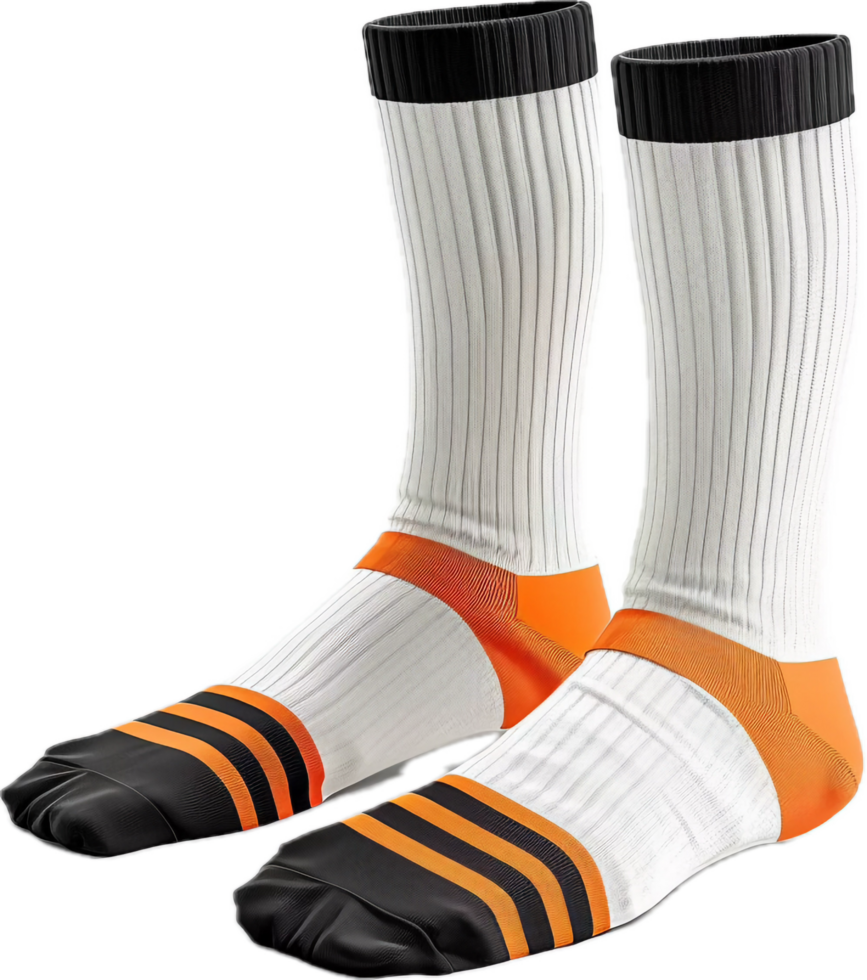Introduction to Sport Socks
Sport socks are a critical component of athletic wear, designed to provide comfort, support, and protection during physical activities. Whether you're running, cycling, hiking, or playing team sports, the right pair of sport socks can significantly impact your performance and foot health. Unlike regular socks, sport socks incorporate specialized materials and features to manage moisture, reduce friction, and enhance durability. This article explores the types, materials, benefits, and buying tips to help you choose the perfect sport socks for your active lifestyle.
Types of Sport Socks
Running Socks
Running socks are engineered to reduce blisters and keep feet dry during long runs. They often feature extra cushioning on the heel and forefoot to absorb impact and arch support to enhance stability. Lightweight and breathable materials ensure ventilation and temperature regulation.Compression Socks
Compression sport socks improve blood flow and reduce muscle fatigue by applying graduated pressure from ankle to calf. They are popular among endurance athletes, travelers, and individuals recovering from injury. Compression socks also aid in faster recovery post-exercise.Hiking Socks
Hiking socks prioritize cushioning, moisture management, and durability to handle rugged terrains. They are typically thicker, made from wool or wool blends, and offer reinforced heels and toes for enhanced protection.Cycling Socks
Cycling socks are usually lightweight, breathable, and have a snug fit to prevent bunching inside cycling shoes. Their height varies from ankle to crew, and many include moisture-wicking fibers to keep feet cool during intense rides.Basketball and Court Sports Socks
These socks provide extra padding around the ankle and heel to protect against impacts and offer superior support for quick lateral movements. They often have a higher cuff to protect the lower leg and prevent abrasions.Materials and Fabric Technologies
Sport socks use advanced fabrics and blends that differ significantly from everyday socks:Synthetic Fibers: Polyester, nylon, and acrylic provide durability, elasticity, and moisture-wicking abilities. They dry quickly and maintain shape even after repeated use.
Merino Wool: A natural fiber prized for temperature regulation, odor resistance, and softness. Merino wool hiking socks combine warmth and breathability.
Spandex/Lycra: Added to enhance stretch and ensure a snug, supportive fit.
Coolmax and Other Performance Fabrics: Engineered to maximize moisture evaporation, keeping feet dry and comfortable during high-intensity workouts.